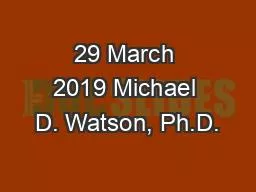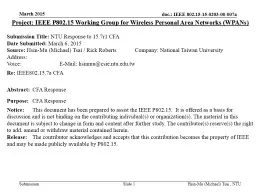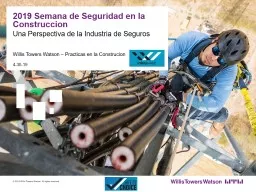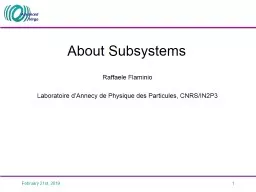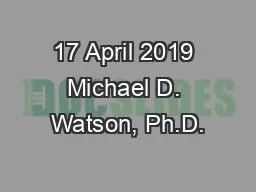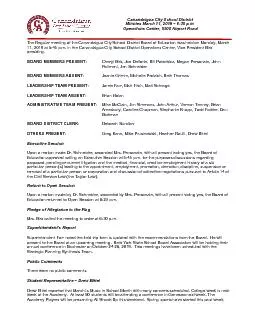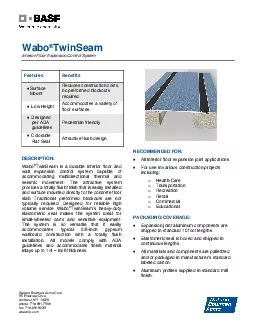PPT-29 March 2019 Michael D. Watson, Ph.D.
Author : maniakiali | Published Date : 2020-06-25
Engineering Elegant Systems Engineering at the System Level Consortium Team UAH George Washington University Iowa State Texas AampM Dependable System Technologies
Presentation Embed Code
Download Presentation
Download Presentation The PPT/PDF document "29 March 2019 Michael D. Watson, Ph.D." is the property of its rightful owner. Permission is granted to download and print the materials on this website for personal, non-commercial use only, and to display it on your personal computer provided you do not modify the materials and that you retain all copyright notices contained in the materials. By downloading content from our website, you accept the terms of this agreement.
29 March 2019 Michael D. Watson, Ph.D.: Transcript
Download Rules Of Document
"29 March 2019 Michael D. Watson, Ph.D."The content belongs to its owner. You may download and print it for personal use, without modification, and keep all copyright notices. By downloading, you agree to these terms.
Related Documents

